Advice on windmill purchase
I am not sure on what to do. A printer has offered me this windmill for free, you can see by the photos it’s not great visually. We are going to start it up on Monday to see if it actually runs as it hasn’t been run for years.
My question is, should I even bother with it? Will it take too much time and money to try and get running?
I also have an option to purchase a fully operational platen from another printer for around $1500. Would this be a better option.
It’s hard not to look a gift horse in the mouth.
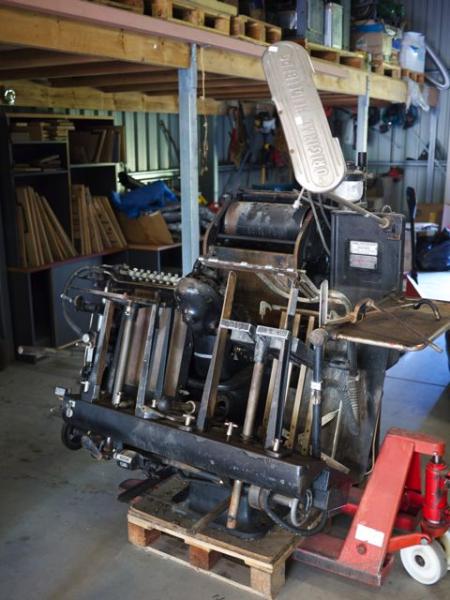
P1000127.jpg
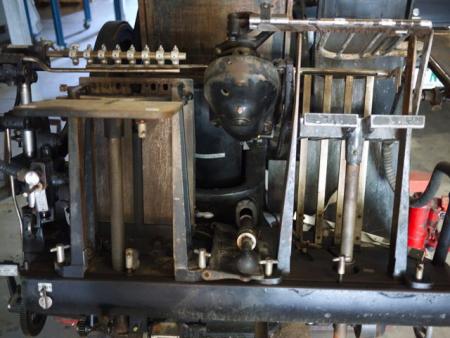
P1000128.jpg
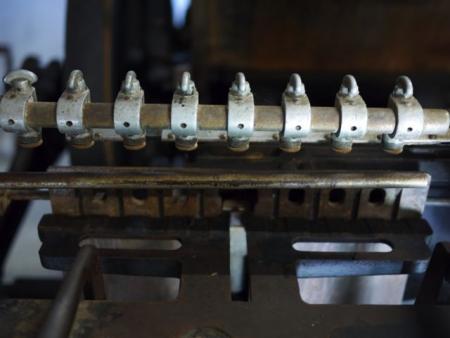
P1000129.jpg
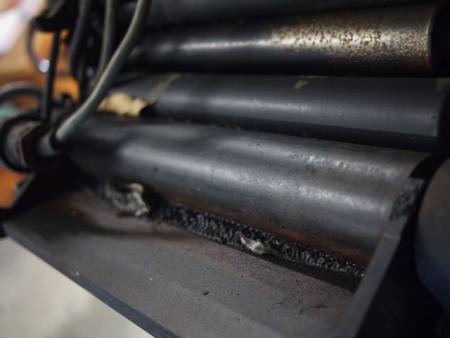
P1000131.jpg
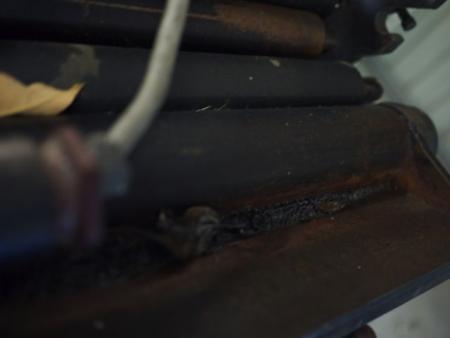
P1000133.jpg
I guess you can add new rollers to the list. Looks like the fountain is full of dried ink.
Looks like a nice press, but it’s probably a crap shoot with a windmill unless you can actually see it run a job. You could luck out; you could pick up a money trap. Definitely factor in the time it’ll take to get the rust out into your estimate.
What’s the other platen you’re considering? I love free, but restoration is always something I never seem to have enough time for.
If you don’t have to replace parts and just clean them up the press would be worth it. Just remember that Heidleburg parts are expensive. Most any press you buy will need new rollers, there rubber rollers are around $100 each. Once i took a paper cutter that was burned in a big fire then left outside in the weather for 8 months, it makes this press look brand new, it took many hours to clean the rust off, after 25 years it is still running fine. If you got the time this could be worth it. Good Luck Dick G.
No windmill expert but it seems with most things you just have to ask yourself how much time you have. A ready-to-print late model could probably be found in short order for 5k. Subtracting maybe a grand for rollers and parts you could make up $4000 pretty quick running jobs making $50+ per hour.
I, however, would probably rather buy the old press, fix it up and work a day job.
Thanks for the advice. I am going to have a go at restoring it. $1000 plus restoring time seems like a good deal to me. It will give me time to actually get to know the machine, as I am a total newbie to a letterpress being a graphic designer by day.
There is a wealth of information available on these presses and I would certainly myself want to tackle a restoration, but the one question I would ask you is if you are at all mechanically inclined? You won’t need any sort of training but experience with other presses, woodworking, cars, bicycles etc. will help a lot. If you have little experience with letterpress as well as a wrench could be a lot of work. Either way I would say go for it, but restoring a press of a much simpler design is even a major task.
I am pretty handy. I service my own cars/motorbikes and come from a family of builders so I am not scared of an oily rag and own a good variety of tools etc.
Any advice on cleaning. Best place for replacement parts?
There is tonnes of information on cleaning on the site. From what I’ve picked up, my advice would be as follows:
The most abrasive thing that should touch your press is a scotch-brite pad. Throw away your wire brushes and steel wool. Even on a simpler press, there are too many bearing surfaces that you would endanger with metal shavings.
As with any piece of machinery, be very careful during disassembly. Make sure you know how to put things back together and that you don’t damage any parts during removal. I’ve had particular trouble with small, fragile parts designed to be replaced every time you open things up which are no longer available, such as clutch or pawl springs, o-rings, bearing retainer assemblies etc.
A penetrating oil like WD-40 is great for freeing up seized or dirtied parts; products like ReleaseAll and FluidFilm are even better, non-solvent alternatives that do a better job in my opinion. Anything heavily rusted should be soaked in a solution of vinegar and lemon juice. You would be surprised how well this works—I was. Someone could perhaps chime in with the most effective ratio of vinegar to lemon juice, I can’t remember if it was 10:1 or 4:1 or something completely different.
I have no experience with Heidelbergs so I have no advice specific to that press to offer. Heidelberg is famous for its engineering and that press is newer than any I’ve used, even though it is an early model. Manuals are available for download from the Boxcar Press website.
I have little formal mechanical training but work as a mechanic in a bicycle shop and I’ve done a fair amount of carpentry. With the information available on this site and elsewhere I’ve had very little trouble refurbishing a Chandler and Price 12x18 as well as a Gestetner offset press. Some parts of the offset press will bear a vague resemblance to your future Windmill, such as the roller train and feeding mechanisms, and I had a great time getting this one back into service.
Good luck!
Paul
Thanks Modernman, I’ll keep you informed of my journey. Thanks for taking the time to help.
Why bother with new rollers or restoring it? Take it off the printer’s hands and keep it around for die-cutting and scoring. Get the newer operational one for letterpress. If the ‘newer’ one doesn’t have the roller lock-out mechanism, you’ll wish you had two platens! ;)
Nicolas
Finding one in Australia that is actually being used to print with is difficult. All of them are being used to score or cut. Which means the printing parts have gone missing or have been ignored so they need replacing.
I’m going to take the free one and learn a bit about it before buying another to letterpress.
Like you say, it could come in handy for parts if it’s too expensive to fix.
Is there any basic list of things I can go through to see if it’s viable to restore to printing?
Hey, it’s free… I’d take it whether it was working or not!
But if buying one from a dealer I’d at least check the register. Find a job that you can run through a couple times and check that both runs are identical. Run same sheet through a few times through both grippers. Play around.
You could also check that the left-to-right impression is even.
Obviously, if you’re new to running a platen, you’ll want to get someone to help with this.